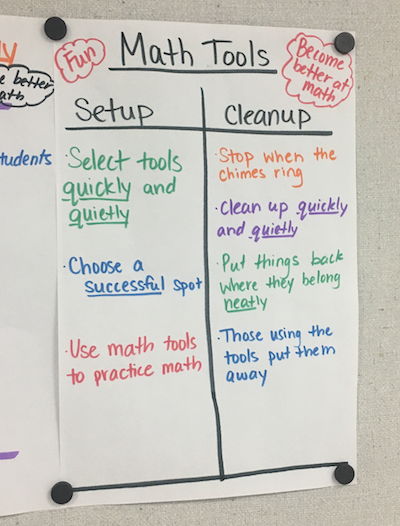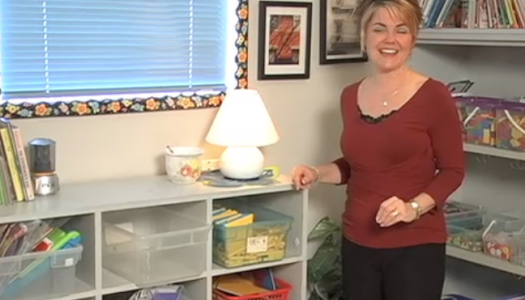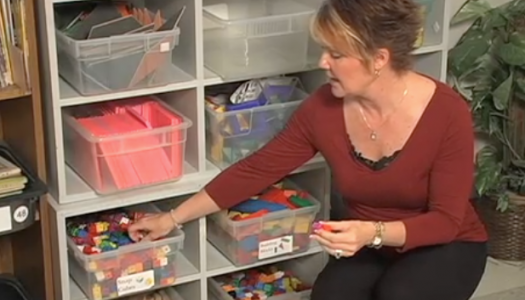Using the 10 Steps to Introduce Math Tools
Join Our Community
Access this resource now. Get up to three resources every month for free.
Choose from thousands of articles, lessons, guides, videos, and printables.
One of the first lessons we teach when introducing Math Daily 3 to our students is the foundation lesson about math tools. What should it look like and sound like when we use our math tools? We find that the best way to introduce this is through the use of an anchor chart and the 10 Steps to Teaching and Learning Independence. The anchor chart for math tools has two sides, much like the I-chart we use to introduce Daily 5 and Math Daily 3 tasks. The biggest difference is that on this chart the left side lists behaviors for setup and the right lists behaviors for cleanup. We follow the 10 Steps just the same.
 1. Identify what is to be taught—“Today we are going to learn about the math tools we will use during Math Daily 3. We are going to learn how to set them up and how to clean up when we are finished.”
1. Identify what is to be taught—“Today we are going to learn about the math tools we will use during Math Daily 3. We are going to learn how to set them up and how to clean up when we are finished.”
2. Create a sense of urgency—“We are going to learn this because it is fun and helps us to be better at math.”
3. Record desired behaviors—List the behaviors we want to see.
4. Model most desirable behaviors—Select one or two students to model the setup and cleanup of math tools. Review the I-chart and ask, “Will ______ be better successful during Math Daily 3 if this is how he sets up and cleans up?” “Yes.”
5. Model least-desirable behaviors, then desirable ones—Choose one student to model the setup and cleanup incorrectly. Review the I-chart and ask, “Will ________ be successful during Math Daily 3 if this is how she sets up and cleans up?” “No.” Then ask the child to correct her behaviors and model the desirable way. Repeat the question, “Now will _______ be successful during Math Daily 3 if this is how she sets up and cleans up?” “Yes.”
6. Place students around the room with their toolboxes.
7. Allow students to explore tools for a few minutes. The purpose of this lesson is not to build stamina but to have students practice setting up and cleaning up the tools.
8. Stay out of the way and confer about behavior if necessary.
9. Quiet signal—Clean up and come back to group.
10. Check in—How did it go?
We find that this lesson avoids problems we could experience later because students know what is expected in the setup and cleanup of math tools. Then, when they go out to work on their Math Daily 3 Activity, they are able to be successful right away.







